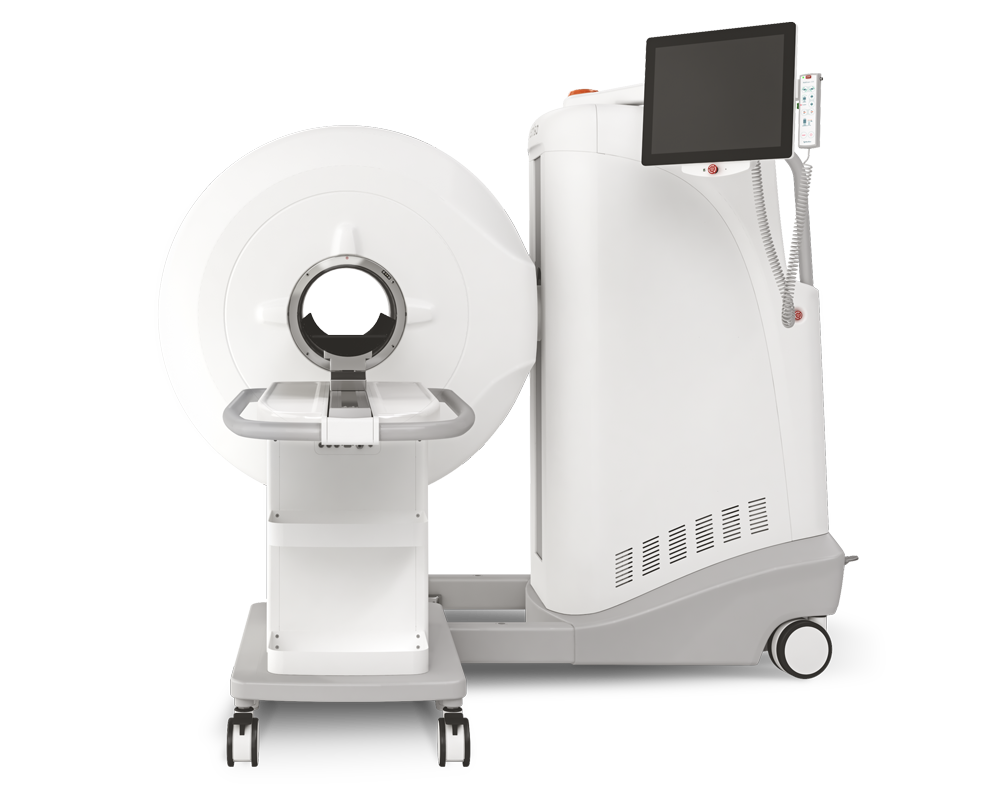Adjuvanting a subunit SARS-CoV-2 nanoparticle vaccine to induce protective immunity in non-human primates
2021.02.10.
Prabhu S. Arunachalam et al., bioRXiv, 2021
Summary
Despite of the success of messenger RNA vaccines against SARS-CoV-2, a wider portfolio of different vaccine candidates would be needed to stop COVID-19 pandemic. In particular, vaccinating infants and the elderly could benefit from the use of subunit vaccine platforms with a demonstrable history of safety and efficacy in such populations.
Subunit vaccines include only a fragment of a pathogen which can still induce the immune system. Although, the production of these types of vaccines are safer than producing attenuated pathogen, they often require adjuvants to enhance the immune response for long term protection.
In this extensive research collaboration, the authors demonstrate the capacity of a subunit vaccine under clinical development, containing the SARS-CoV-2 Spike protein receptor binding domain displayed on a two component protein nanoparticle (RBD-NP). They assessed the immunogenicity and protective efficacy of RBD-NP vaccination using five different clinically relevant adjuvants in non-human primates.
Among the tested adjuvants, AS03, an alpha-tocopherol-containing squalene-based oil-in-water emulsion, and CpG 1018 (with Alum), a Toll-like receptor 9 agonist formulated in Alum, were the most promising adjuvants.
Results from MultiScan™ LFER PET/CT
The team concluded that the neutralizing antibody response by the RBD-NP/AS03 vaccination was durable. The study results can also help in the development of subunit vaccines to combat the ongoing pandemic.
The researchers in University of Pittsburgh School of Medicine evaluated inflammation in the lung tissues with no adjuvant, AS03 and CpG-Alum on pre and post challenge days using MultiScan™ LFER PET/CT
Vaccinated animals showed FDG uptake, to a much lesser extent than the control animals (Fig. 3e and f)

Fig 3 e, Inflammation in the lungs of two animals from each group indicated in the legend, pre-challenge (day 0) and post-challenge (day 4 or 5 after infection), measured using PET-CT scans. f, Representative PET-CT images of lungs from one animal in each group. PET signal is scaled 0 to 15 SUV.
How can we help you?
Don't hesitate to contact us for technical information or to find out more about our products and services.
Get in touch